Panning technique is taking a shot while panning your camera horizontally along in time, and tracking a moving subject and ends up getting a relatively sharp subject against a blurred background.
If you move your camera in perfect synchronized motion with a moving subject, the subject would actually remain in almost exactly the same place in the picture. The rest of the image would be blurred, but since the subject is glued to one spot on the camera sensor, it would be fairly sharp. Of course, you might think this is easy, but it can be a little tricky.
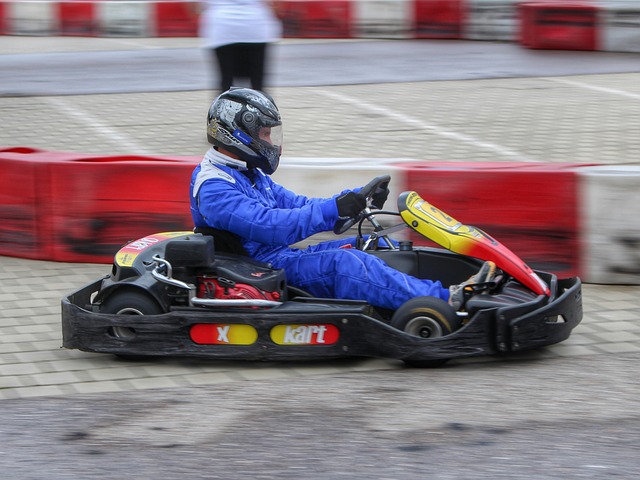
Tips for Successful Panning
I must admit, this isn’t the easiest photography technique to master. However, it’s a fun one to do and requires a bit of patience, energy, and lots of trial and errors. When you first start using panning techniques, you will probably get only one or two good shots for every 25 or 30 blurry shots you take. As you practice, you will improve this ratio. Let me share some tips with you on how to master “Panning” and discover the fun of using it.
-
Choosing the proper subject
The panning technique seems to work best with moving subjects that are on a relatively straight trajectory which allows you to predict where they are heading to.
Some subjects are more susceptible to panning technique than others. A panning shot of someone running will not work well because their arms and legs movement will create blur. A bike, a car, or a soaring bird that is not flapping its wings will produce cleaner results. Always Make sure your subject remains in the same portion of the frame during the entire exposure, this will ensure a crisp, sharp subject.
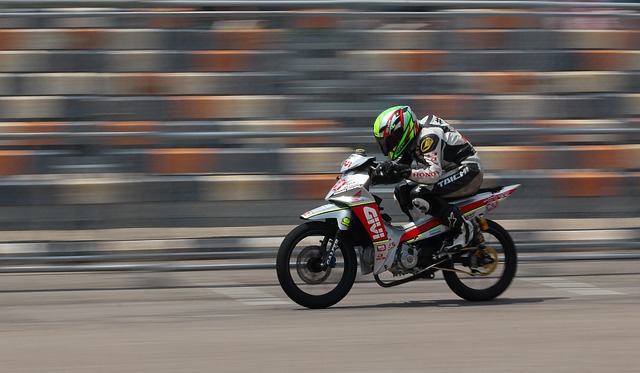
-
Find the right location and the proper background.
Selecting the right location to pan plays an important role in getting a good image. The place should be safe and without obstacles for panning. You may also consider using a telephoto lens to maintain a certain distance while shooting.
The farther the subject is from you, the slower it will appear to be going and the easier it’ll be to stay with during your pan. But the closer it is to the background, the more obvious the appearance, and the visual sensation, of speed.
Position your camera nearly at the same level of the subject you are going to shoot. This can help in focusing as to obtain a clear subject in your image. Another important factor you should consider is leaving enough space between you and your subject. Insufficient space will constrain your pan.
For best results, you’ll probably find that setting yourself up so that you’re parallel to the path of your object (this will help with focusing).
The right background is almost as important as the right subject. The background must have some detail in order to produce the pleasing streaks you are looking for. Backgrounds with too much contrast will often make bad backgrounds for panning. Single colored or plain backgrounds tend to work best, Choose carefully.

-
Consider using a tripod or monopod
For extra support of your camera especially if you’re using a longer lens or are feeling a little shaky you might like to use a monopod or tripod with a swiveling head. By the way, you may check my post for my recommended tripod.
If it is not convenient to use a tripod there is another option, use lens with IS ( Image Stabilization) because it helps in reducing camera shake.
-
Select a relatively slow shutter speed
Depending on the light situation and the speed of your subject you may set the shutter speed as high as 1/200th or slower if your subject is really flying along, like a speeding car on a race track, and maybe as slow as 1/40th of a second if your subject is a runner on a track. Remember that the faster your shutter speed is the easier it will be to keep your subject crisp.
As you gain confidence, you may go ahead and slow your shutter more and more to show more pronounced motion, and emphasize the separation of your moving subject from the background.

-
When to use Automatic focus tracking
If you are using a fast lens and it is capable of keeping up with the subject speed, you may use the automatic focus tracking (in Canon switch focus to AI Servo mode ) and let the camera do the focusing for you. Just hold down your shutter halfway to lock focus on your subject. Without letting go of the shutter, start following your subject with your camera at the same speed. Your camera would automatically adjust focus.
If your camera doesn’t have fast enough autofocussing you’ll need to pre-focus your camera upon the spot that you’ll end up releasing the shutter.
-
Use the viewfinder
Your viewfinder is the best when it comes to panning. The best trick is to find a focusing mark in your viewfinder and put it on your moving subject. Now, try to keep that point perfectly aligned with your subject.
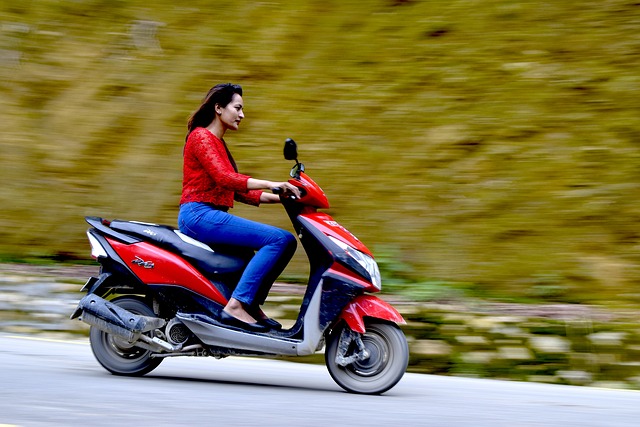
-
Practice panning smoothly
Smooth motion is the key factor of panning technique, moving with no rushing, no hesitation, just smooth continuous rotation. Simply twist with your hips. If you turn your head and arms rather than spinning at the trunk, you will be less steady and the photo will be less sharp. Start shooting before your subjects reach the ideal point; keep shooting after they pass that point. Follow through just like a good golfer.
The idea behind panning technique is that your main subject might never be super focused and clear, but it is all about creating that contrast. Your subject will be focused relative to the blurred background.
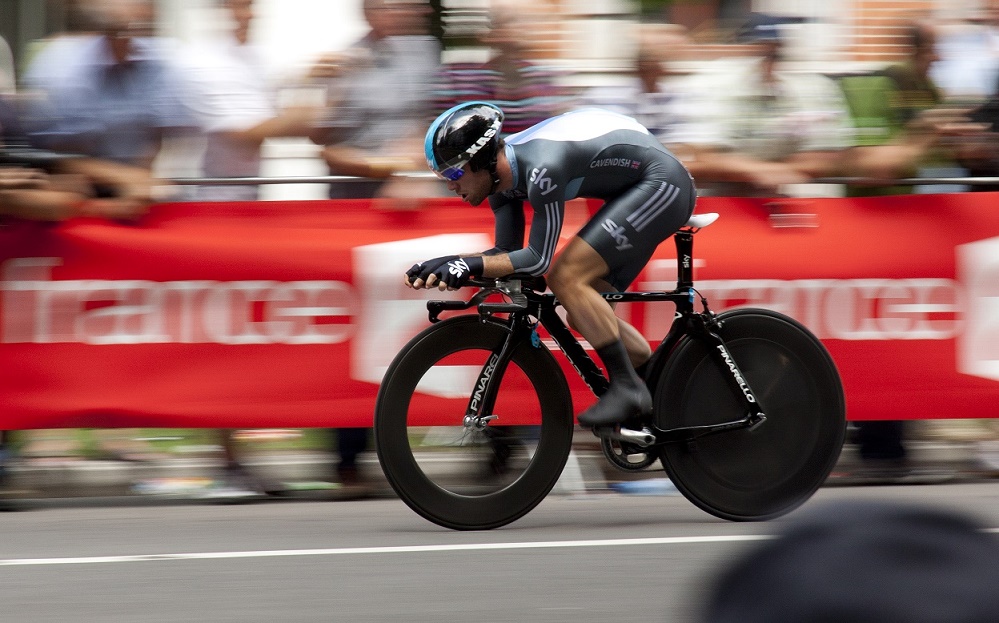
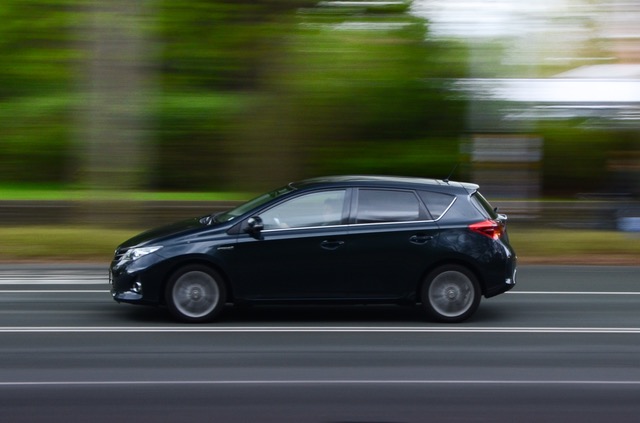
Thanks for reading the post, I hope you like it and found it useful. In case you have any question or comment please write it down in the box below.
If you enjoy the site, don’t forget to subscribe, we will only inform you when a new article is posted.
Save

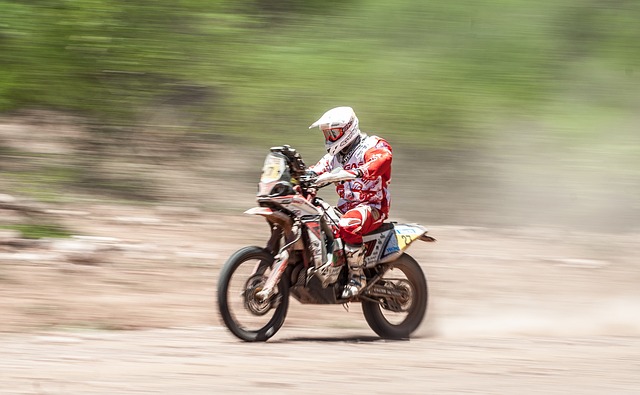



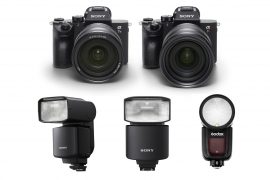

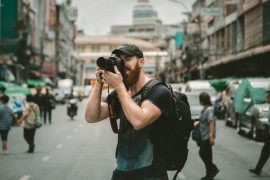
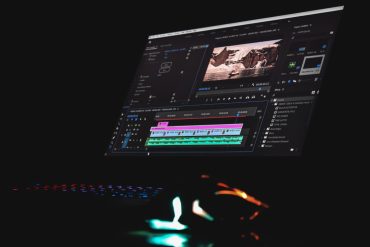
This technique is amazing, it almost looks like the blurred background was a after the fact and not something that took place during taking the shot.
I am a graphic design but for many years I have wanted to move into photography and have always wanted to buy a really good camera.
Do you have any suggestions for purchasing a camera that would be capable of really good panning shots or a camera for someone just starting to learn photography techniques such as the panning shot?
Thanks for the comment, yes panning technique is great and can make astonishing photos, but it needs a lot of training and practicing. As for your question, any camera can do the panning effect, It is all about the movement of the photographer. I suggest reading my article ” Top canon DSLR camera – Best 5 reviewed ” , it will help you make the right choice.